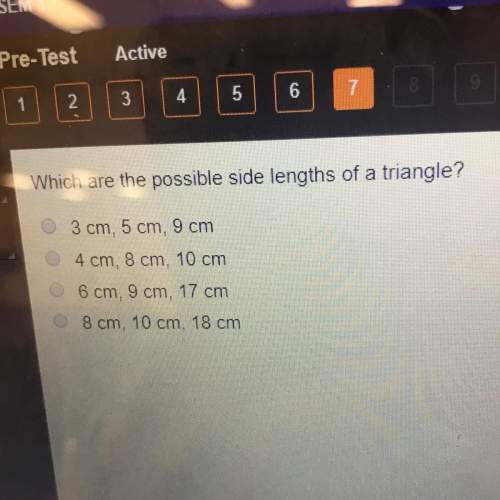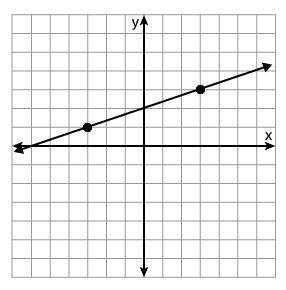
Mathematics, 16.04.2020 16:12 wannabe96
Which statement is correct? (2.06 times 10 Superscript negative 2 Baseline) (1.88 times 10 Superscript negative 1 Baseline) less-than StartFraction 7.69 times 10 Superscript negative 2 Baseline Over 2.3 times 10 Superscript negative 5 Baseline EndFraction (2.06 times 10 Superscript negative 2 Baseline) (1.88 times 10 Superscript negative 1 Baseline) greater-than-or-equal-to StartFraction 7.69 times 10 Superscript negative 2 Baseline Over 2.3 times 10 Superscript negative 5 Baseline EndFraction (2.06 times 10 Superscript negative 2 Baseline) (1.88 times 10 Superscript negative 1 Baseline) greater-than StartFraction 7.69 times 10 Superscript negative 2 Baseline Over 2.3 times 10 Superscript negative 5 Baseline EndFraction (2.06 times 10 Superscript negative 2 Baseline) (1.88 times 10 Superscript negative 1 Baseline) = StartFraction 7.69 times 10 Superscript negative 2 Baseline Over 2.3 times 10 Superscript negative 5 Baseline EndFraction

Answers: 2


Another question on Mathematics

Mathematics, 21.06.2019 18:30
Idon’t understand! use slope intercept form to solve: through: (2,5) slope= undefined
Answers: 1

Mathematics, 21.06.2019 20:00
Need ! the total ticket sales for a high school basketball game were $2,260. the ticket price for students were $2.25 less than the adult ticket price. the number of adult tickets sold was 230, and the number of student tickets sold was 180. what was the price of an adult ticket?
Answers: 1

Mathematics, 21.06.2019 21:00
On average a herd of elephants travels 10 miles in 12 hours you can use that information to answer different questions drag each expression to show which is answers
Answers: 3

Mathematics, 21.06.2019 23:30
Aprisoner is trapped in a cell containing three doors. the first door leads to a tunnel that returns him to his cell after two days of travel. the second leads to a tunnel that returns him to his cell after three days of travel. the third door leads immediately to freedom. (a) assuming that the prisoner will always select doors 1, 2 and 3 with probabili- ties 0.5,0.3,0.2 (respectively), what is the expected number of days until he reaches freedom? (b) assuming that the prisoner is always equally likely to choose among those doors that he has not used, what is the expected number of days until he reaches freedom? (in this version, if the prisoner initially tries door 1, for example, then when he returns to the cell, he will now select only from doors 2 and 3.) (c) for parts (a) and (b), find the variance of the number of days until the prisoner reaches freedom. hint for part (b): define ni to be the number of additional days the prisoner spends after initially choosing door i and returning to his cell.
Answers: 1
You know the right answer?
Which statement is correct? (2.06 times 10 Superscript negative 2 Baseline) (1.88 times 10 Superscri...
Questions

SAT, 26.12.2019 12:31

Mathematics, 26.12.2019 12:31


Social Studies, 26.12.2019 12:31



Physics, 26.12.2019 12:31


Mathematics, 26.12.2019 12:31

History, 26.12.2019 12:31

English, 26.12.2019 12:31

Biology, 26.12.2019 12:31


Chemistry, 26.12.2019 12:31

Chemistry, 26.12.2019 12:31









